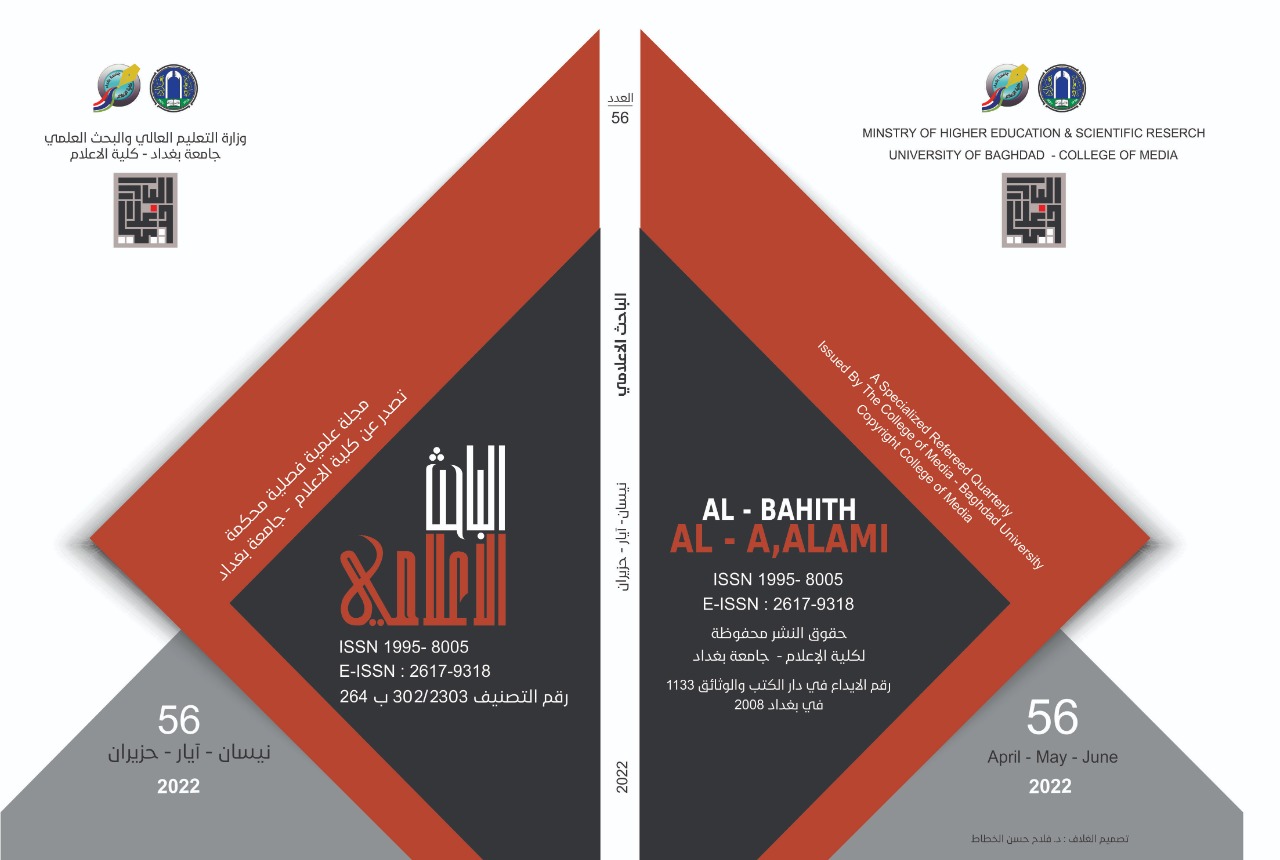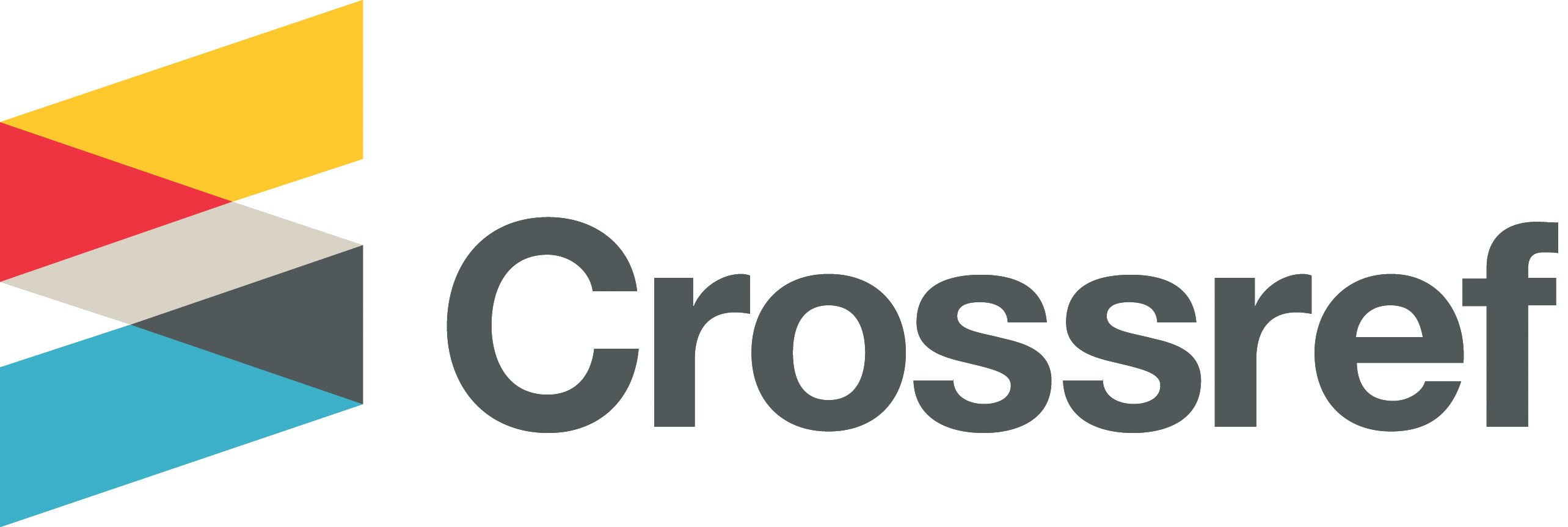Comment moderation strategies in Canadian news media and their principles
DOI:
https://doi.org/10.33282/abaa.v14i56.878Keywords:
moderation polices; news organizations; Canadian news media; social media; user generated content; racism; freedom of speechAbstract
This paper offers a critical examination of Canadian news guidelines and policies
on user-generated content (UGC) posted on news-related comment sections and
social media.
The outline of how news-related UGC is moderated within Canadian news is achieved
by looking at the online comment policies of major Canadian news organizations like .
the CBC, CityNews (Halifax), CTV News, Glacier Media, Global News, The Globe
and Mail, Narcity Media, Postmedia, QUB (Québecor), and Torstar.The policies highlight how Canadian news organizations have practical strategies
to manage news-related UGC but also call upon positive and negative social
principles, to flag ill practices, foster democracy, and fight against online hate speech
and libel. The analysis shows how guidelines reflect many of the key principles highlighted
in the literature review but make no reference to economic principles that
are emphasized as important in academic and journalist concerns with moderating
news-related UGC.
Downloads
References
Arendholz, J. (2013). Appropriate Online Behavior: A Pragmatic Analysis of Message Board Relations. John Benjamins.
Barney, D., Coleman, G., Ross, C., Sterne, J., & Tembeck. (2016). An Introduction. In The Participatory Condition in the Digital Age (pp. vii–xxxix). University of Minnesota Press.
Bergström, A., & Wadbring, I. (2015). Beneficial yet crappy: Journalists and audiences on obstacles and opportunities in reader comments. European Journal of Communication, 30(2), 137–151. https://doi.org/10.1177/0267323114559378
Binns, A. (2012). DON’T FEED THE TROLLS!: Managing troublemakers in magazines’ online communities. Journalism Practice, 6(4), 547–562. https://doi.org/10.1080/17512786.2011.648988
Braun, J., & Gillespie, T. (2011). Hosting the public discourse, hosting the public. Journalism Practice, 5(4), 383–398.
Cammaerts, B. (2009). Radical pluralism and free speech in online public spaces: The case of North Belgian extreme right discourses. Journal of Cultural Studies, 12(6), 555–575. https://doi.org/10.1177/1367877909342479
CBC Policies. (2017, February). CBC/Radio-Canada Content Submission Guidelines for CBC/Radio-Canada Owned or Controlled Platforms (Content Submission Guidelines). CBC. https://www.cbc.ca/aboutcbc/discover/submissions.html
Chung, D. S. (2007). Profits and Perils: Online News Producers’ Perceptions of Interactivity and Uses of Interactive Features. Convergence, 13(1), 43–61.
CityNews. (n.d.). Community Guidelines. CityNews Halifax. Retrieved June 11, 2022, from https://halifax.citynews.ca/other/community-guidelines
Conlin, L., & Roberts, C. (2016). Presence of online reader comments lowers news site credibility. Newspaper Research Journal, 37(4), 365–376. https://doi.org/10.1177/0739532916677056
Crawford, K., & Gillespie, T. (2016). What is a Flag for? Social Media Reporting Tools and the Vocabulary of Complaint. New Media & Society, 18(3), 410–428. https://doi.org/10.1177/ 1461444814543163
CTV News. (2017, May 28). Commenting. https://www.ctvnews.ca/commenting
Donath, J. S. (1998). Identity and deception in the virtual community. In P. Kollock & M. Smith (Eds.), Communities in Cyberspace (pp. 27–58). Routledge.
Engström, M. (2016). The trolls disappear in the light: Swedish experiences of mediated sexualised hate speech in the aftermath of Behring Brevik. International Journal for Crime, Justice and Social Democracy, 5(2), 96–106.
Erjavec, K., & Kovačič, M. P. (2012). “You Don’t Understand, This is a New War!” Analysis of Hate Speech in News Web Sites’ Comments. Mass Communication and Society, 15(6), 899–920. https://doi.org/10.1080/15205436.2011.619679
Finley, K. (2015, October 8). A Brief History of the End of the Comments For years, comment boxes have been a staple of the online experience. Now many media companies are giving up on them. Wired. https://www.wired.com/2015/10/brief-history-of-the-demise-of-the-comments-timeline/
Gillespie, T. (2010). The politics of “platforms". New Media & Society, 12(3), 347–364.
Glacier Media Group. (n.d.). Terms of Service (Copyright ©2020 Glacier Media Group). Bowen Island Undercurrent. Retrieved June 6, 2022, from https://www.bowenislandundercurrent.com/other/terms-of-service#usercontent
Global News. (n.d.). Global News Commenting Policy. https://globalnews.ca/pages/global-news-commenting-policy/
Hardaker, C. (2015). “I refuse to respond to this obvious troll”: An overview of responses to (perceived) trolling. Corpora, 10(2), 201–229. https://doi.org/10.3366/cor.2015.0074
Harrison, J. (2009). User-Generated Content and Gatekeeping at the BBC Hub. Journalism Studies, 11(2), 243–256. https://doi.org/10.1080/14616700903290593
Hermida, A. (2010). Twittering the news: The emergence of ambient journalism. Journalism Practice, 4(3), 297–308.
Hermida, A., & Thurman, N. (2008). A clash of cultures: The integration of user-generated content within professional journalistic frameworks at British newspaper websites. Journalism Practice, 2(3), 343–356.
Hille, S., & Bakker, P. (2013). I like news. Searching for the ‘Holy Grail’ of social media: The use of Facebook by Dutch news media and their audiences. European Journal of Communication, 28(6), 663–680.
Hille, S., & Bakker, P. (2014). Engaging the Social News User: Comments on news sites and Facebook. Journalism Practice, 8(5), 563–572. https://doi.org/10.1080/17512786.2014.899758
Hlavach, L., & Freivogel. (2011). Ethical Implications of Anonymous Comments Posted to Online News Stories. Journal of Mass Media Ethics26, 26(1), 21–37.
Hong, S. (2012). Online news on Twitter: Newspapers’ social media adaption and their online readership. Information Economics and Policy, 24(1), 69–74.
Jenkins, H. (2006). Convergence culture: Where old and new media collide. New York Univ. Press.
Jenks, C. J. (2019). Talking trolls into existence: On the floor management of trolling in online forums. Journal of Pragmatics, 143, 54–64. https://doi.org/10.1016/j.pragma.2019.02.006
Juneström, A. (2019). Emerging practices for managing user misconduct in online news media comments sections. Journal of Documentation, 75(4), 694–708. https://doi.org/10.1108/JD-09-2018-0143
Karlsson, M. (2011). Flourishing but restrained. Journalism Practice, 5(1), 64–84. https://doi.org/10.1080/17512786.2010.486605
Downloads
Key Dates
Published
Versions
- 2022-10-11 (6)
- 2022-09-04 (5)
- 2022-08-18 (4)
- 2022-08-17 (3)
- 2022-08-17 (2)
- 2022-08-17 (1)
Issue
Section
License
Copyright (c) 2022 outhor

This work is licensed under a Creative Commons Attribution 4.0 International License.
Authors retain copyright and grant the journal right of first publication with the work simultaneously licensed under a Creative Commons Attribution License (CC BY 4.0) that allows sharing the work with recognition of authorship and initial publication in ABBA journal.


















